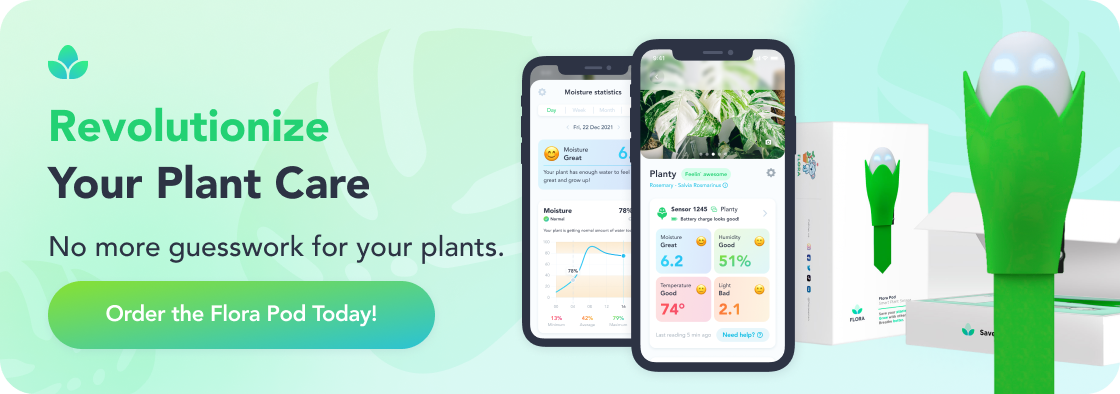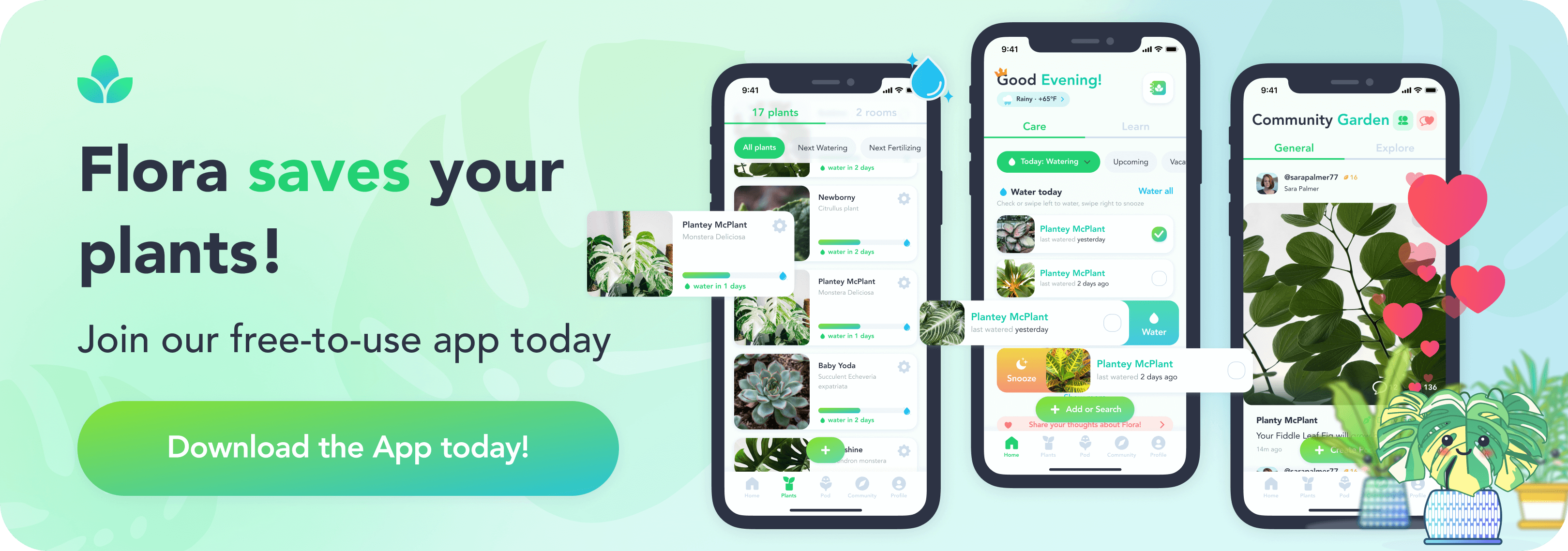How to Save Pumpkin Seeds for Planting Next Season
Saving pumpkin seeds is an excellent way to ensure a bountiful harvest next season while promoting sustainable gardening practices. By learning how to save pumpkin seeds correctly, you can preserve the best traits of your plants, reduce waste, and enjoy the satisfaction of reusing your homegrown seeds. Whether you're growing pumpkins for decoration, cooking, or simply for the love of gardening, mastering this skill ensures you’re prepared for planting and cultivating vibrant, healthy plants. Understanding Pumpkin Seed ViabilityNot all pumpkin seeds are created equal when it comes to planting. Viability, or the seed’s ability to germinate and grow into a healthy plant, is the cornerstone of successful seed saving. Before diving into the process, it’s important to understand the factors that determine whether your saved pumpkin seeds will flourish when planted next season. What Makes a Pumpkin Seed Viable?Pumpkin seed viability depends on several factors, including the health of the parent plant, the maturity of the seeds, and how they are harvested and stored. Seeds from a robust, disease-free pumpkin plant are more likely to sprout successfully. Additionally, seeds need to be fully mature—harvesting seeds from a ripe pumpkin ensures they contain the nutrients necessary for germination. The Role of Genetics and HybridizationIf your pumpkin is a hybrid variety, its seeds may not produce plants identical to the parent. Hybrid seeds are the result of cross-pollination, which means their offspring may exhibit traits from different parent plants. While this isn’t necessarily a bad thing, it’s worth noting that the new plants may differ in size, shape, or flavor. For gardeners seeking consistency, opting for open-pollinated or heirloom pumpkins is a safer choice. Testing Seed ViabilityBefore committing to saving seeds, consider performing a simple viability test. Soak a handful of seeds in water for a few hours. Viable seeds will sink, while unviable seeds float to the surface. This step not only ensures better germination rates but also saves you time and effort when planting. Benefits of Saving Pumpkin SeedsSaving pumpkin seeds offers more than just the joy of nurturing your own plants. This practice aligns with sustainability, self-sufficiency, and cost-efficiency. By understanding the advantages, you can fully appreciate why seed saving is a valuable addition to your gardening routine. Environmental and Sustainable GardeningSaving seeds reduces reliance on commercially produced seeds, many of which require significant resources for packaging and transportation. This practice fosters environmental sustainability by decreasing waste and promoting the use of local, naturally adapted seed varieties. Additionally, reusing seeds contributes to biodiversity, as your garden becomes a unique ecosystem tailored to your climate and soil conditions. Cost Savings and ConveniencePurchasing seeds annually can add up, especially for avid gardeners. By saving seeds, you’ll have a cost-effective source of planting material that eliminates the need for repeated purchases. Additionally, you’ll have access to your seeds when planting season begins, avoiding the potential delays of sourcing seeds from stores or suppliers. Connection to Your GardenSaving seeds deepens your connection with your garden. Each seed represents a cycle of growth, harvest, and regeneration, fostering a deeper appreciation for nature’s processes. Over time, you may even notice your plants adapting to the specific conditions of your garden, resulting in hardier, more resilient crops. How to Harvest Pumpkin SeedsHarvesting pumpkin seeds is a straightforward process, but attention to detail ensures the seeds are viable and ready for planting. Proper harvesting techniques are essential for maintaining the quality of your seeds and setting the stage for a successful future crop. Step 1: Choosing the Right PumpkinThe first step in harvesting seeds is selecting the right pumpkin. Always opt for a fully mature pumpkin with a firm, unblemished rind. The pumpkin should show no signs of rot or disease, as these factors can affect seed viability. Heirloom or open-pollinated varieties are ideal for seed saving since their offspring will closely resemble the parent plant. Step 2: Extracting the SeedsBegin by cutting the pumpkin in half horizontally to expose the seed cavity. Scoop out the seeds and surrounding pulp using a spoon or your hands. Be thorough but gentle to avoid damaging the seeds, as nicks or cuts can impact their ability to germinate. Step 3: Separating Seeds from PulpOnce the seeds are removed, the next step is to separate them from the sticky pulp. Rinse the seeds under cool running water in a colander, rubbing them gently to dislodge the pulp. This process is critical for preventing mold growth and ensuring the seeds are clean and ready for the next steps. Best Practices for Cleaning Pumpkin SeedsCleaning pumpkin seeds is a critical step in preparing them for storage and future planting. Proper cleaning ensures the seeds remain viable and prevents the growth of mold or bacteria that could compromise their quality. Removing Residual PulpAfter separating the seeds from the pumpkin pulp, place them in a bowl of water to loosen any remaining residue. Swirl the seeds gently with your fingers to help detach stubborn bits of pulp. Drain the water and repeat this process as needed until the seeds are clean. Avoid using hot water, as it can damage the seed coat. Using a Strainer for Thorough CleaningA fine-mesh strainer can be particularly helpful for removing smaller pieces of pulp. Place the seeds in the strainer and rinse them under cool running water, rubbing them lightly to dislodge any remaining debris. This method is efficient and minimizes the risk of losing seeds during the cleaning process. Avoiding Damage to the SeedsHandle the seeds with care throughout the cleaning process. Excessive scrubbing or the use of abrasive tools can damage the seed coat, reducing viability. Instead, focus on gentle methods that preserve the integrity of the seeds. Effective Methods to Dry Pumpkin SeedsProper drying is essential to preserve the viability of pumpkin seeds and prevent mold or bacterial growth. This process ensures the seeds remain in excellent condition until you’re ready to plant them in the next season. Air-Drying: A Reliable MethodThe most reliable way to dry pumpkin seeds is by air-drying them. After cleaning, spread the seeds in a single layer on a clean, dry surface, such as a baking sheet, piece of cardboard, or a fine-mesh screen. Ensure the seeds are spaced apart to promote adequate air circulation. Place them in a well-ventilated area away from direct sunlight, as excessive heat can harm their viability. Allow the seeds to dry for about one to two weeks, turning them occasionally to ensure even drying. You’ll know the seeds are dry when they become brittle and no longer feel soft or pliable. Using a Dehydrator for Faster ResultsIf you need to speed up the drying process, a food dehydrator set to its lowest temperature can be a helpful alternative. Spread the seeds evenly on the dehydrator trays and monitor them closely to avoid overheating. Check for dryness every few hours; the seeds should be ready within a day or two. Avoiding Common Drying Mistakes
How to Store Pumpkin Seeds for PlantingStoring pumpkin seeds properly is the final step in ensuring they remain viable and ready to plant when the growing season arrives. A well-executed storage plan protects the seeds from moisture, temperature fluctuations, and pests, all of which can compromise their quality. Choosing the Right Storage ContainerThe ideal container for storing pumpkin seeds is airtight and moisture-proof. Glass jars with tight-fitting lids, plastic containers, or resealable freezer bags are excellent options. For added protection, include a silica gel packet or a small amount of dry rice to absorb any residual moisture. Optimal Storage ConditionsPumpkin seeds thrive in cool, dark, and dry conditions. A temperature range of 32–41°F (0–5°C) is ideal, making a refrigerator or a temperature-controlled room a suitable choice. Avoid storing seeds in areas with high humidity, such as basements or near windows, as excess moisture can lead to mold growth or premature sprouting. Labeling and Organizing SeedsClearly label your storage containers with the date of harvest and the pumpkin variety. This step helps you keep track of the seeds and ensures you plant them within their optimal viability period, which is typically 3–5 years under proper storage conditions. Organizing seeds by variety and year also streamlines your gardening efforts when planting season begins. Tips for Planting Saved Pumpkin SeedsPlanting saved pumpkin seeds is an exciting step that brings your garden full circle. By following a few essential tips, you can maximize the potential of your seeds and set the stage for a bountiful harvest. Preparing Your Seeds for PlantingBefore planting, it’s helpful to test your seeds’ germination rate. Place a few seeds between damp paper towels, seal them in a plastic bag, and store them in a warm spot for about a week. Check for sprouting; if most seeds germinate, your batch is ready for planting. If not, consider using fresh seeds or supplementing with store-bought ones. Steps for Successful Planting
Early Care for SeedlingsOnce the seeds sprout, thin out weaker seedlings, leaving the strongest to grow. Mulching around the base of the plants helps retain soil moisture and regulate temperature, while regular weeding prevents competition for nutrients. Common Mistakes When Saving Pumpkin SeedsWhile saving pumpkin seeds can be a rewarding and sustainable gardening practice, there are common pitfalls that can hinder your success. Avoiding these mistakes will ensure your seeds are viable and ready for planting next season. Harvesting Seeds from Immature PumpkinsOne of the most frequent mistakes is harvesting seeds from pumpkins that are not fully mature. Immature seeds lack the nutrients needed for germination and are more prone to spoilage. Always ensure the pumpkin is fully ripe, with a firm shell and deep color, before extracting the seeds. Insufficient Cleaning of SeedsLeaving pulp or residue on seeds can lead to mold growth during storage. It’s essential to thoroughly clean the seeds, ensuring all traces of pulp are removed. A half-hearted cleaning process not only compromises the quality of your seeds but can also attract pests. Failing to Dry Seeds ProperlyDrying is a critical step in preserving seed viability. Storing seeds that are still damp can result in mold and rot. Some gardeners rush this process or fail to dry seeds in a well-ventilated area, leading to disappointing results when it’s time to plant. Ignoring Proper Storage ConditionsStoring seeds in damp or fluctuating environments is another common mistake. Seeds exposed to moisture, excessive heat, or pests are unlikely to remain viable. Always store seeds in an airtight container and in a cool, dark place to maintain their quality. Not Testing Seed ViabilitySkipping a germination test can result in wasted effort if the seeds fail to sprout. Performing a simple viability test before planting ensures your seeds are worth the time and effort you’ll invest in growing them. FAQs About How To Save Pumpkin Seeds for Planting Next Season1. How do I know which pumpkin seeds are worth saving? 2. Can I plant pumpkin seeds directly from a fresh pumpkin? 3. What is the best way to prepare soil for planting pumpkin seeds? 4. Can hybrid pumpkin seeds be saved for planting? 5. How long can pumpkin seeds be stored before planting? From selecting mature pumpkins to storing seeds in optimal conditions, every step in saving pumpkin seeds contributes to a thriving garden. By implementing proper techniques and avoiding common mistakes, you set yourself up for success in growing robust pumpkins next season. With careful planning and attention, you’ll transform simple seeds into a sustainable and rewarding gardening tradition.
|

Shop Plants
Top 10 Most Popular Roses
Mar 22, 2022
How to Care for China Roses
Mar 11, 2022
How to Care for Chinese Money Plants
May 15, 2020
How to Grow and Care for A Bird of Paradise
Apr 26, 2020
Top 10 Plants To Grow In A Terrarium
May 31, 2022
How to Grow and Care for Lucky Bamboo
Mar 29, 2022
How to Grow and Care for Corn Plants
Mar 29, 2022
How to Care for Madagascar Dragon Trees
Mar 21, 2022



